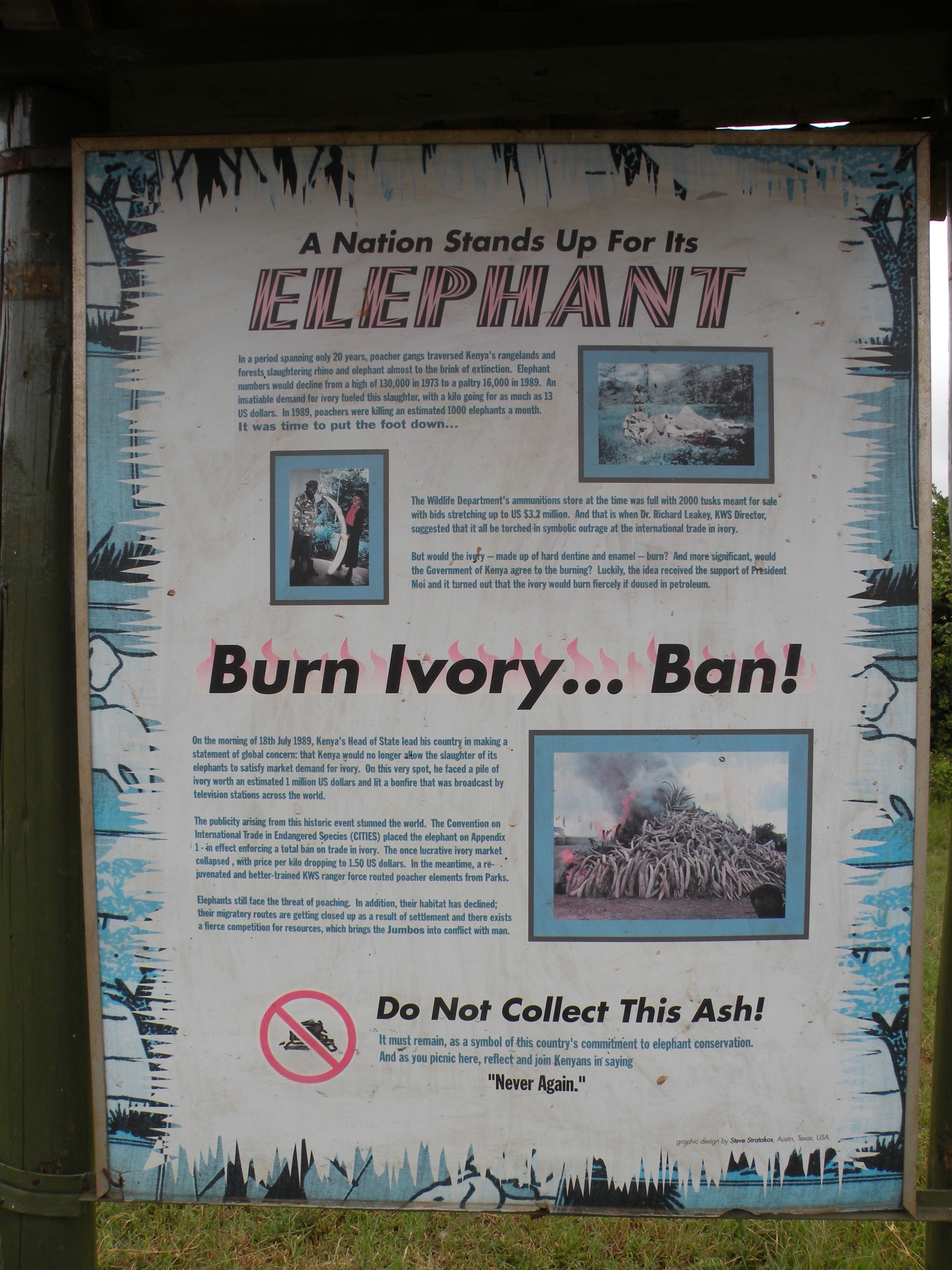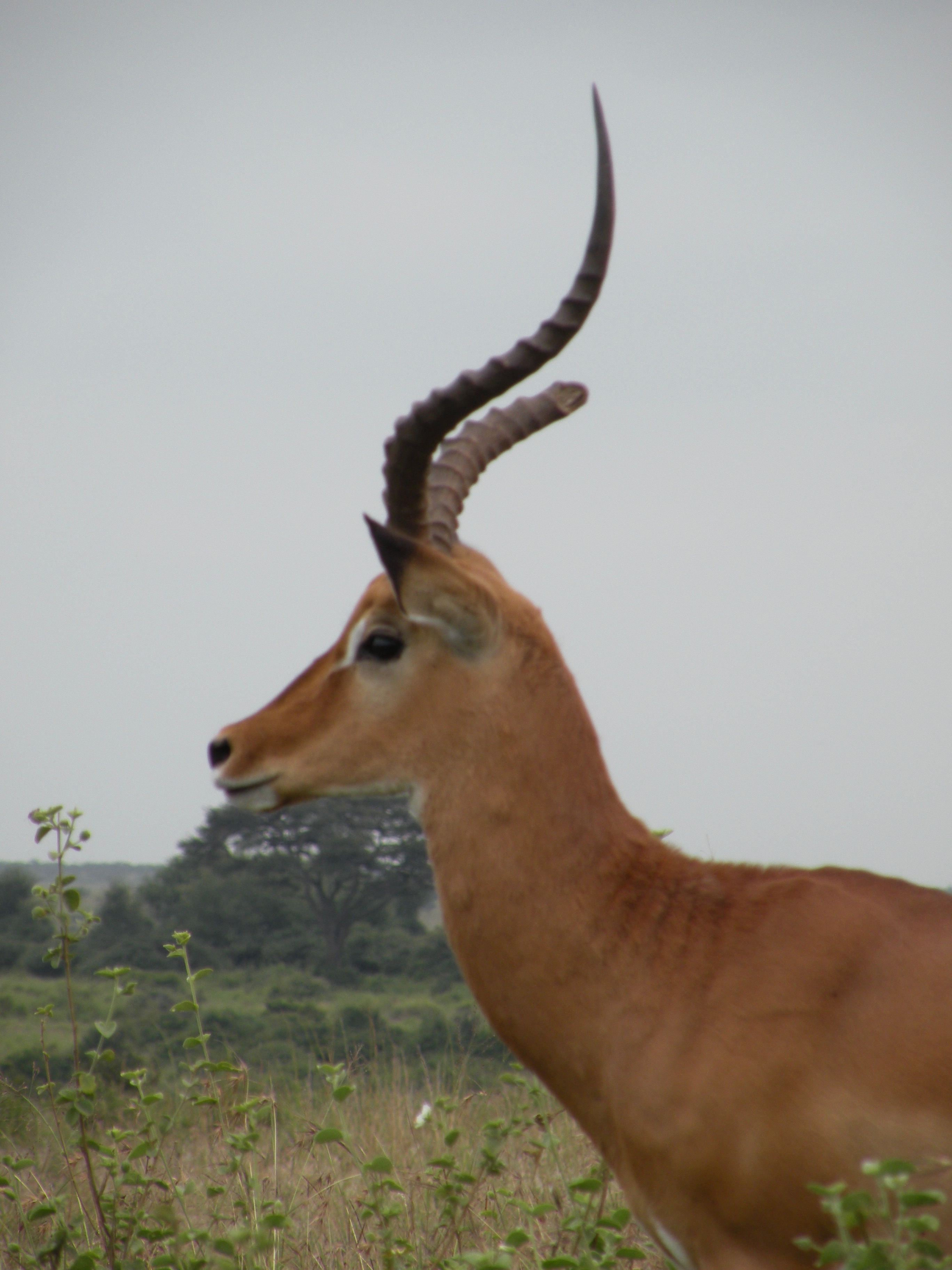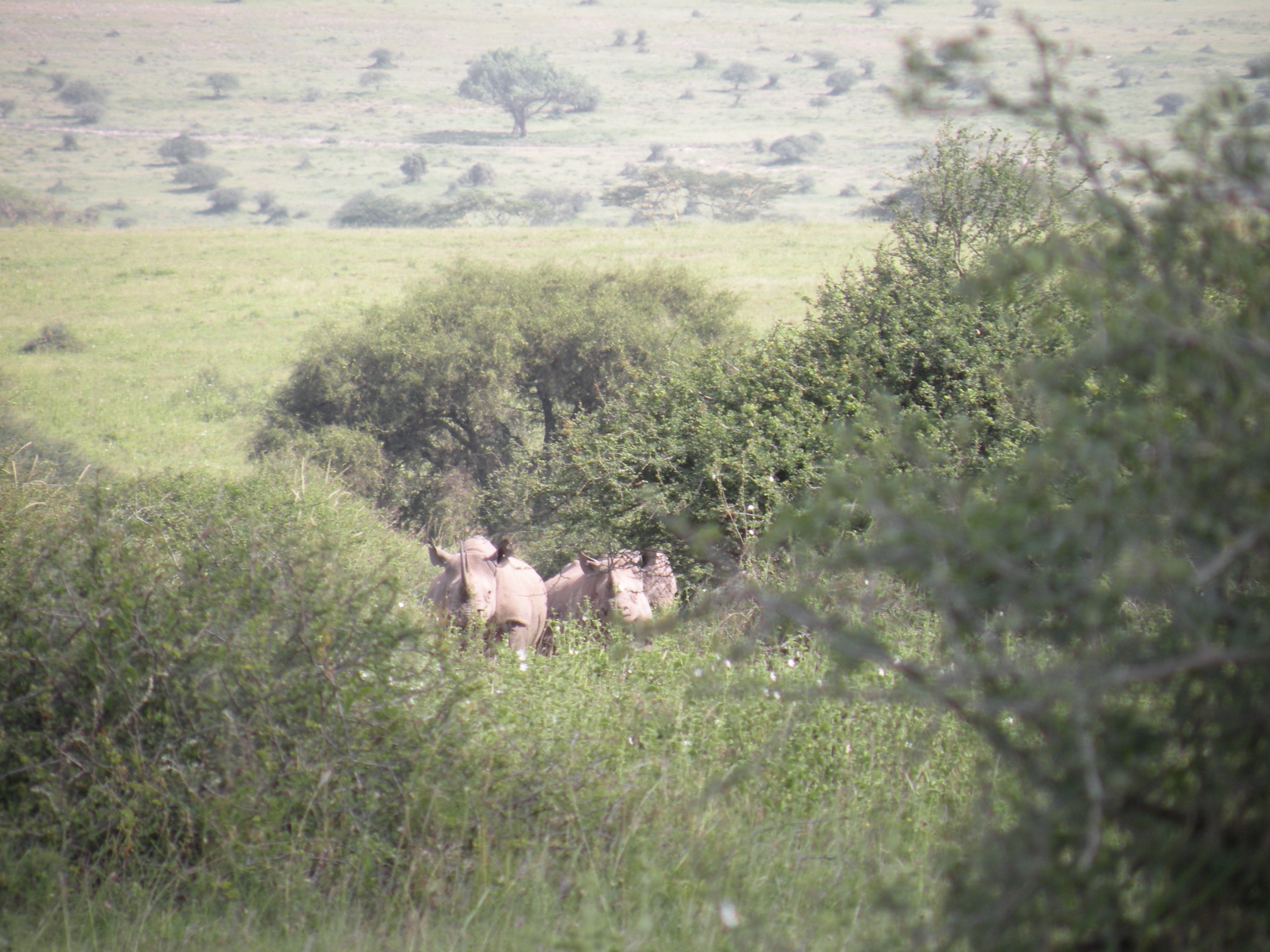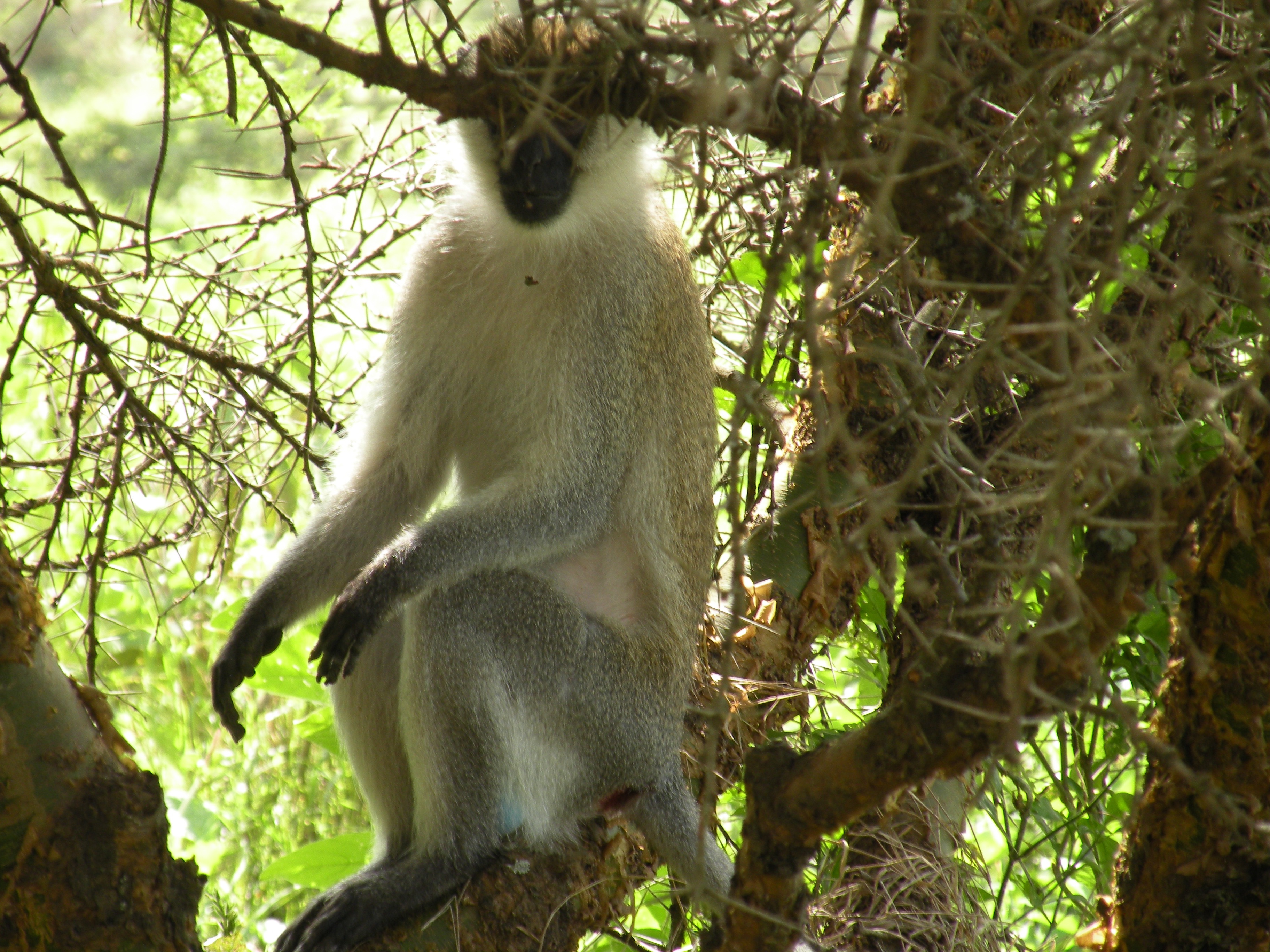
East Africa IRES #3: Nairobi National Park
EA-IRES #3, by Ashley Foster, 2015-16 EA-IRES Fellow
On June 9th 2016, the EA-IRES Fellows, along with Stacy Lynn, CSU Research Scientist and EA-IRES project lead, Gerald- our driver, Bernice- a graduate student from the University of Nairobi, and Jacline- another graduate student at University of Nairobi and a former employee of Nairobi National Park (NNP) made our way to the park. We planned on visiting the David Sheldrick Elephant Orphanage, but naturally we ran into some unexpected issues. Our original plan was to visit NNP for a few hours in the early morning, then attend the morning tour at the Orphanage, re-enter NNP for a few hours, and then go back to the orphanage for an evening tour to meet the elephants. NNP does not allow re-entry so we were not able to go to the orphanage as planned, we decided to spend the whole day at the park and visit the orphanage when we return to Nairobi after our three weeks in Samburu.
 After we laid out a new plan, we entered the park with our cameras, safari hats, bandanas, water bottles and nature books ready! Our first stop at the park was the ivory burning site where Kenyan wildlife officials burned confiscated ivory in order to send a message to poachers: ivory is useless when it is not attached to our animals. I believe this is a very powerful message. Ivory can bring in a lot of income that the wildlife officials chose to bypass in order to send this message. The site is beautiful and haunting. Other than conversation within our group the area was very quiet and allowed for silent reflection. I could picture the massive beasts who were murdered for their tusks and thought about what a difference it would make in conservation if they were allowed to live.
After we laid out a new plan, we entered the park with our cameras, safari hats, bandanas, water bottles and nature books ready! Our first stop at the park was the ivory burning site where Kenyan wildlife officials burned confiscated ivory in order to send a message to poachers: ivory is useless when it is not attached to our animals. I believe this is a very powerful message. Ivory can bring in a lot of income that the wildlife officials chose to bypass in order to send this message. The site is beautiful and haunting. Other than conversation within our group the area was very quiet and allowed for silent reflection. I could picture the massive beasts who were murdered for their tusks and thought about what a difference it would make in conservation if they were allowed to live.
 We saw our first African animals of the day while at the burning site. In the distance we could see about 10 impala feeding on the landscape. Throughout the day we saw many impala, probably the most abundant animal we saw. We ran across a harem of one adult male with about 15 females, where two other adult males were lingering nearby ready to swoop in and steal the harem from the dominating male. The dominating male in charge of the harem was very tense and stressed out. He would stand very still and stare down the other two males. Occasionally the males would edge closer to the group and the dominating male would run towards them and scare them off. The two males stood off to the side and practiced their fighting skills and butted heads half-heartedly.
We saw our first African animals of the day while at the burning site. In the distance we could see about 10 impala feeding on the landscape. Throughout the day we saw many impala, probably the most abundant animal we saw. We ran across a harem of one adult male with about 15 females, where two other adult males were lingering nearby ready to swoop in and steal the harem from the dominating male. The dominating male in charge of the harem was very tense and stressed out. He would stand very still and stare down the other two males. Occasionally the males would edge closer to the group and the dominating male would run towards them and scare them off. The two males stood off to the side and practiced their fighting skills and butted heads half-heartedly.
As we drove through the park we encountered many different plant, tree, shrub and bird species. The diversity and connectivity of all of the species was incredible! I was so excited to see all of the interactions between the birds and the plants.
 We were lucky enough to see both white and black rhinocerous species! We encountered 4 black rhinos and 3 white rhinos. It was so exciting to see them in their natural habitat instead of in small spaces in a zoo. Rhinos are a species of concern and a target for poaching, and I couldn’t help but think to myself if this is the last time I will see a rhino outside of a zoo. It was a very concerning and saddening thought.
We were lucky enough to see both white and black rhinocerous species! We encountered 4 black rhinos and 3 white rhinos. It was so exciting to see them in their natural habitat instead of in small spaces in a zoo. Rhinos are a species of concern and a target for poaching, and I couldn’t help but think to myself if this is the last time I will see a rhino outside of a zoo. It was a very concerning and saddening thought.
We drove around the bumpy dirt road searching for lions in the long grass and under shrubs and trees to no avail! Some of the other safari guides told our driver, Gerald, that they saw lions at different sections of the park, and we would rush over there to find them. Unfortunately, we never saw any of the lazy cats.
 A vervet monkey was seemingly playing peek-a-boo with us from behind some foliage and branches in a tree. The cute monkey dove between trees, jumped up and down and bobbed back and forth between branches while his counterparts sat in the road in front of our car. One curious monkey sat right outside the car window standing up on his hind legs.
A vervet monkey was seemingly playing peek-a-boo with us from behind some foliage and branches in a tree. The cute monkey dove between trees, jumped up and down and bobbed back and forth between branches while his counterparts sat in the road in front of our car. One curious monkey sat right outside the car window standing up on his hind legs.
The further we drove into the park the more civilization we saw in the distance. In some areas of the park, you can hear traffic from the main roads and highways along with construction of the new railroad that is being built through the park. Seeing the new railroad being built was a bit shocking for me. I have learned a lot about how noise and light pollution affect animals and their natural behaviors in my classes at CSU. I’ve learned about how animals adjust their natural behaviors in order to avoid areas of high noise and light pollution. I imagine the construction of the railroad highly disrupts the activities of the animals. I used my binoculars to see if any animals were near the construction site since there were plenty of different antelope species near our car. Unfortunately there were no animals near the site, and the lack of animals near the site further increased my concern for the animals’ natural movement and use of the land. I am not sure how much of the land is being taken up for the new railroad, but I imagine that once it is finished and the trains are running through the park, the railroad will only further increase the animals’ avoidance of the land. It will be interesting (and concerning) to see how much of the land will be no longer used by the animals because of the train.
Kenya has proven to be a magnificent country so far and is filled with many incredible people and animals. I have already learned so much about the country, wildlife, cultures and food. Living here for five weeks and beginning my interviews will teach me about the lives of the locals, interactions with wildlife and will help me grow as an individual as well as a researcher.
For more information on CSU’s EA-IRES program and our affiliated faculty and partners, or to find an application for the 2016-17 program (due July 1, 2016!!), please visit our website at http://www.nrel.colostate.edu/projects/ires-home.html, and please continue to follow us here through the summer of 2016!
See our past post here: East Africa IRES #2, #1
Jump to East Africa IRES #4!